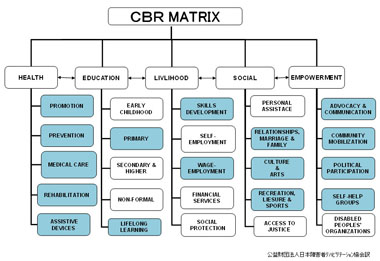The 3rd Asia-Pacific CBR Congress
Community Building from the Perspective of Medical Care, Nursing Care and Welfare –What is Needed for the Creation of the Motivation and Roles for Senior Citizens –
Takashi Terakado (Occupational therapist),
Kazuya Nishimura,
Makoto Kitdota,
Kunihiko Suzuki
“Freude DAN”- Community Revitalization Project of Hitachiomiya City
Shimura Omiya Hospital / Ibaraki Hokusei General Rehabilitation Center
I. Introduction
Hitachiomiya City is located in a hilly and mountainous area in the northwestern part of Ibaraki Prefecture, and has a population of approximately 43,000 people, with the ageing rate of 32%. What is noticeable is not only the increasing rate of the ageing population but also the decrease in the working population. In such a society with a declining population, it is important to develop an integrated community care system and revitalize the community. For this reason, it becomes important to go beyond the framework of medical care, nursing care and welfare, but work with other industries including commerce and agriculture. To resolve this challenge, “Community revitalization project Freude DAN” was established in 2010 with the cooperation of volunteers invited from medical corporations and social welfare corporations, to address various issues which cannot be dealt with by the systems alone. The presentation will report mainly on the relations with “Freude DAN,” which operates with a focus on the creation of the motivation and roles for senior citizens and persons with disabilities, while working from a perspective of community revitalization.
II. About Shimura Freude Group
This Group consists of Medical Corporation Hakujinkai, Social Welfare Corporation Hakuyukai and School Corporation Shimura Gakuen, and centering around the parent organization of Shimura Omiya Hospital, which has general wards, sub-acute rehabilitation care units, and palliative care units, owns a long-term care health facility, in-home medical care services, non-residential services, a special nursing home, a group home, an employment support facility, and a nursing school. Toward the realization of the integrated community care system, the Group strives for not only the formal services but the enriched informal services involving community residents.
1. Philosophy of Freude DAN
1) To develop person-to-person relationships in the said community.
2) To provide an opportunity to challenge to lead a nicer way of life.
3) To create a space where anyone can feel free to drop by and to ask for advice on anything.
4) To strive to establish the wellbeing of the area, caring about the community and the people.
2. Goals of Freude DAN
1) To build an inclusive community in the region in decline, through the participation of the elderly people and persons with disabilities in community revitalization activities.
2) To pursue a neighborhood where people feel comfortable to live until the last moment of their lives by developing a network with other industries.
3. Members
Occupational therapists, assistive technologies consultants, care workers, long-term care support specialists, registered dietitians, nurses, etc.
III. Activities
1. Community revitalization (utilization of community café)
(1) Conversion of a vacant store building to a community café where people can be themselves.
A vacant store in front of the Hiatchiomiya Station was remodeled to a community café, where lunches devised by registered dietitians are sold, events are organized periodically, study meetings are held, etc.
(2) Sale of biscotti baked as part of employment support services
In addition to store-based sales, they are also sold face to face at community events and hospital festivals
(3) Exhibition of the works created by persons with disabilities in rehabilitation activities
Projects created as part of occupational therapy activities are exhibited in the café. The store serves as the space for social participation where creators bring in their friends.
(4) Organizing of the “Dementia Café”
The Dementia Café is organized once a month in collaboration with the Regional Comprehensive Support Center for the participation of the elderly with dementia as well as for the relaxation of caregivers. “Dementia supporter training course” is also held in relation to dementia.
2. Collaboration with community residents
(1) Awareness raising activities toward an inclusive society by participating in the Hitachiomiya Town Development Network
Hitachiomiya City has a town development network which consists of people from a variety of fields including agriculture, commerce, culture, art and education. Freude DAN, joining this network a few years ago, has opportunities to have discussion on changes in the rate of ageing and the social participation of persons with disabilities.
(2) Working experiences in a farm
With an aim to expand the employment of persons with disabilities, practical training at a local farm is being implemented on a trial basis. Moreover, vegetables and fruits grown by local farmer are prepared and cooked at the community café and marketed as products.
(3) Participation in the public-private collaboration
Freude DAN was appointed a member of the city-lead “Committee to formulate guidelines for community building through citizen cooperation” and made policy recommendations.
3. Creating the motivation and roles for senior citizens
(1) Cooking classes by senior citizens (in community events)
“Cooking class for men” was opened led by users of non-residential rehabilitation services. It started as a hobby but developed well enough to be able to participate and sell at summer festivals and other events.
(2) Handing down traditions to children by utilizing senior citizen’s skills
The elderly users of non-residential care services noticeably take a passive role as users of services. They have intergenerational exchanges, making use of their hobbies and skills.
(3) Handiwork making by senior citizens
Craft work pieces are made not only as an activity of non-residential care services but with selling in mind.
IV. Changes observed
1. Change in staff
Through the activities of Freude DAN, the awareness of staff has changed. They could see with their own eyes that providing roles to play to the elderly and persons with disabilities enable them to act on their own initiative. “Occupation” exists there as a medium and the staff could have faith in the potential of the elderly and persons with disabilities.
2. Change in users
The awareness of the users is changing from passive to active, by which they become willing to take initiative in social involvement. When users have roles to play, their faces change into lively expressions, which they never show when using care services.
3. Change in the community (residents)
The residents recognized us not as hospital personnel but as a group for community building; so we could engage in various activities together.
V. Consideration
1. Why community building is needed from the perspective of medical care, nursing care and welfare
In the context of social problems which include ageing society with low birthrate, population decline, and reducing of social security expenses, there are issues that cannot be resolved by medical care or nursing care alone. As it has become difficult to support the living of the residents with formal services such as medical care and nursing care, we consider it important to build a system of cooperation with various informal services including resident organizations (volunteers) and NPOs. A paradigm shift is taking place in Japan’s medical policies, from “medicine that cures” to “medicine that cures and supports.” With the diversification of values, it becomes necessary to gather information on what is needed for an individual’s life. To that end, it should be important to understand the regional resources surrounding the individual.
2. Community building from the perspective of occupational therapists
Occupational therapists are strongly required to have the perspective of how to protect the health of community residents instead of simply focusing on illnesses and disabilities. Occupational therapists are looking at the interaction among “person–issue–environment” and regard this perspective as valuable for meeting regional challenges. Furthermore, it is important to identify “significant occupation” of the elderly and persons with disabilities and create an environment where they can act proactively to get involved. In the future, there is a great possibility that the concept of health with QOL positioned at the core will become widespread.
【WORLD FEDERATION OF OCCUPATIONAL THERAPISTS Definition 】
Occupational therapy is a client-centered health profession concerned with promoting health and well being through occupation. The primary goal of occupational therapy is to enable people to participate in the activities of every life. Occupational therapists achieve this outcome by working with people and communities to enhance their ability to engage in the occupations they want to, need to, or are expected to do, or by modifying the occupation or the environment to better support their occupational engagement.
VI. CBR Matrix
Slide 1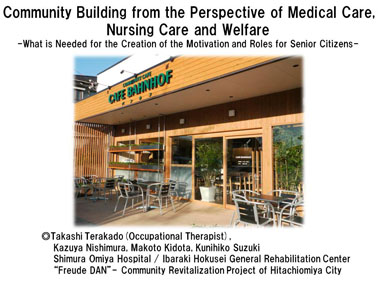 (Slide 1 text)
(Slide 1 text)
Slide 2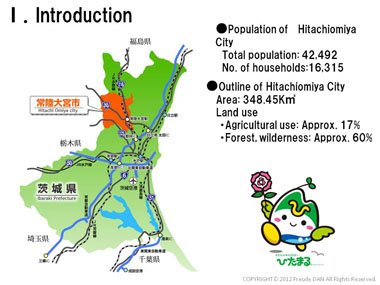 (Slide 2 text)
(Slide 2 text)
Slide 3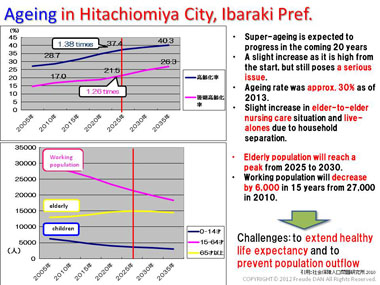 (Slide 3 text)
(Slide 3 text)
Slide 4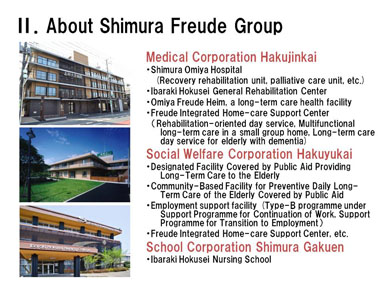 (Slide 4 text)
(Slide 4 text)
Slide 5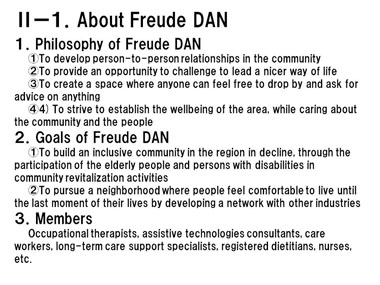 (Slide 5 text)
(Slide 5 text)
Slide 6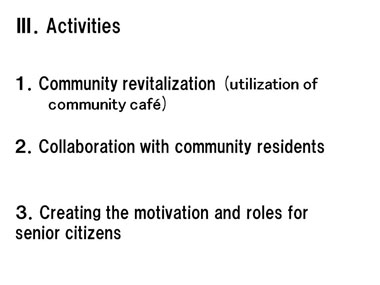 (Slide 6 text)
(Slide 6 text)
Slide 7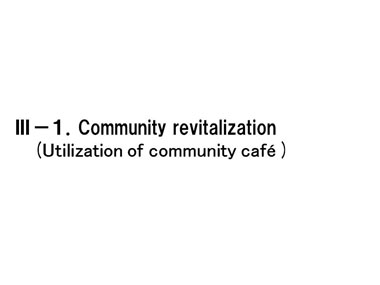 (Slide 7 text)
(Slide 7 text)
Slide 8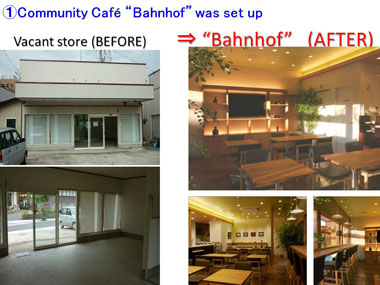 (Slide 8 text)
(Slide 8 text)
Slide 9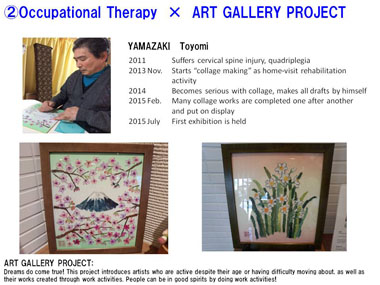 (Slide 9 text)
(Slide 9 text)
Slide 10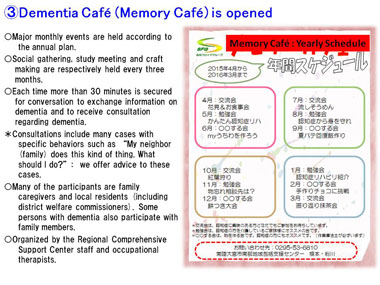 (Slide 10 text)
(Slide 10 text)
Slide 11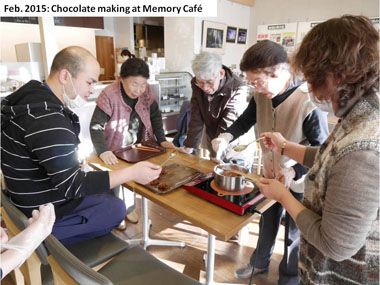 (Slide 11 text)
(Slide 11 text)
Slide 12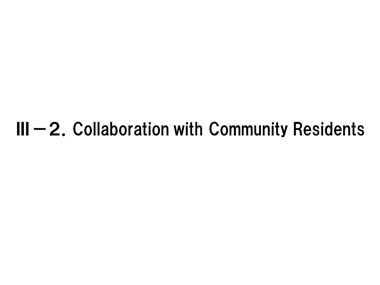 (Slide 12 text)
(Slide 12 text)
Slide 13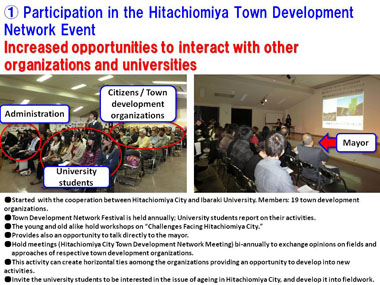 (Slide 13 text)
(Slide 13 text)
Slide 14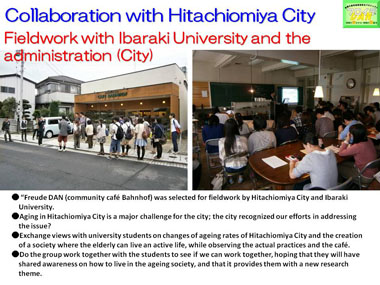 (Slide 14 text)
(Slide 14 text)
Slide 15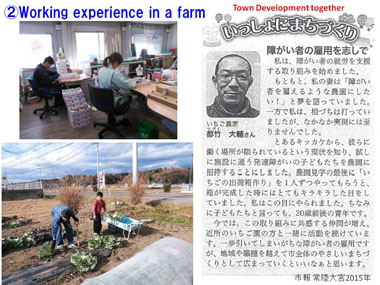 (Slide 15 text)
(Slide 15 text)
Slide 16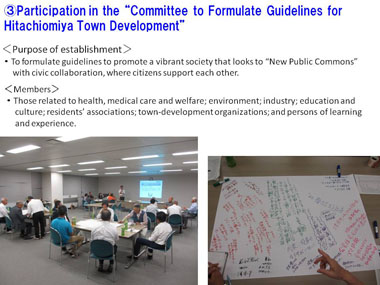 (Slide 16 text)
(Slide 16 text)
Slide 17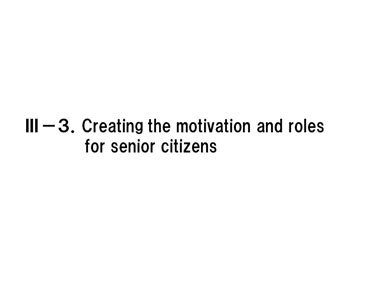 (Slide 17 text)
(Slide 17 text)
Slide 18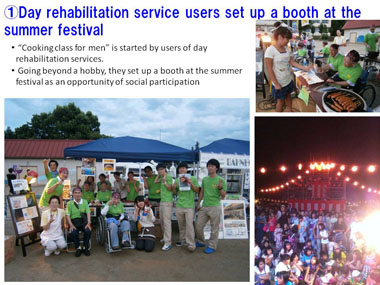 (Slide 18 text)
(Slide 18 text)
Slide 19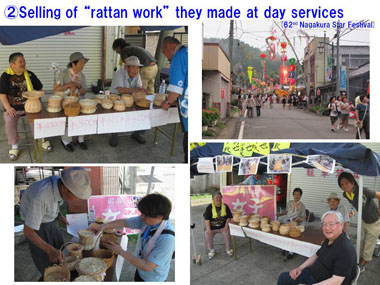 (Slide 19 text)
(Slide 19 text)
Slide 20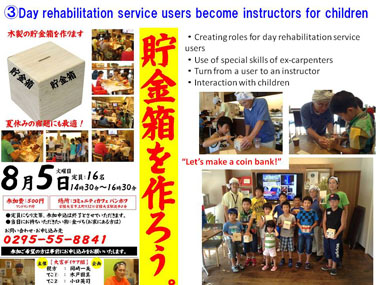 (Slide 20 text)
(Slide 20 text)
Slide 21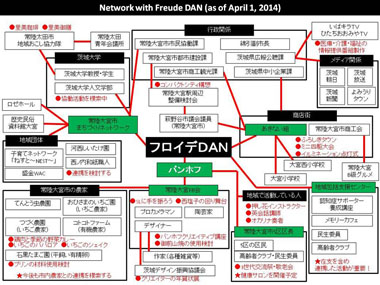 (Slide 21 text)
(Slide 21 text)
Slide 22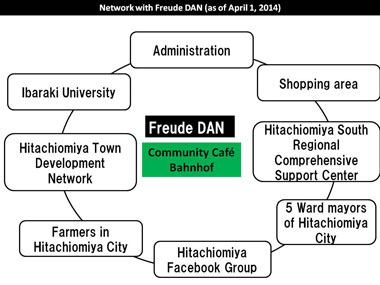 (Slide 22 text)
(Slide 22 text)
Slide 23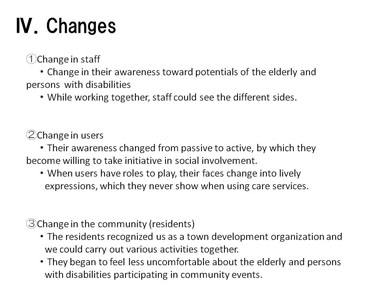 (Slide 23 text)
(Slide 23 text)
Slide 24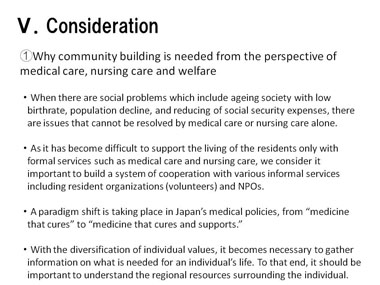 (Slide 24 text)
(Slide 24 text)
Slide 25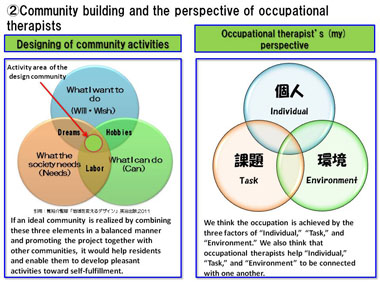 (Slide 25 text)
(Slide 25 text)
Slide 26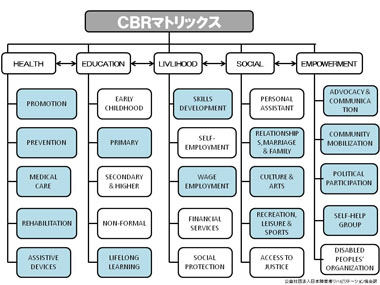 (Slide 26 text)
(Slide 26 text)

